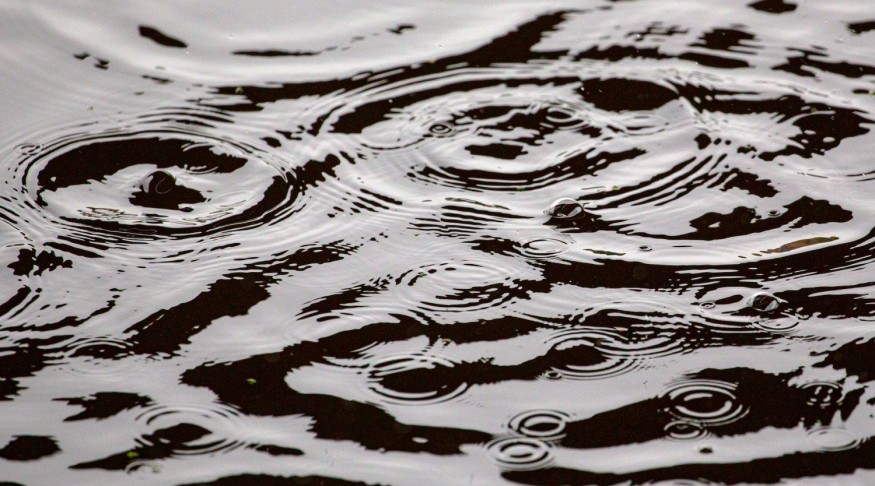
Lake Merritt's Weird ripples on its surface may be an indication of low oxygen levels, which may cause an algal bloom, as discussed by an expert.
Lake Merritt's Weird Ripples
Mysterious ripples emerged in Lake Merritt this October, boggling Bay Area experts for weeks. Damon Tighe, a local biotech educator with two decades of Lake Merritt research, offers theories for the enigma. One theory suggests low oxygen levels push small fish to the surface. Another posits sardines or inland silversides feasting on zooplankton, creating a mass-feeding spectacle.
Some kind of fishy activity at Lake Merritt on a very foggy morning, never seen this before. Anyone know what this is? pic.twitter.com/GOOlXKkR8q
— Elai (@elaifresh) October 17, 2023
What baffles Tighe most is the prolonged duration of these events. Normally, such occurrences persist for a few days, not three weeks. He suspects that last year's devastating algae bloom disrupted the lake's ecosystem, triggering this unusual phenomenon. In the quest to fathom these persistent ripples, experts are still working to figure out an explanation.
Algal Blooms and Mass Die-Offs
In 2022, a massive algae bloom devastated Lake Merritt, killing thousands of fish, including stingrays, sturgeons, and striped bass. The culprit, Heterosigma akashiwo, a species originally found in Japan, New Zealand, and British Columbia, first appeared in the Bay Area in 2002. Despite research efforts, the exact causes behind its uncontrollable proliferation last year remain elusive. Remarkably, non-native predators like striped bass have not returned, while other animal populations have surged.
In the wake of the die-off, the lake saw an influx of vibrant marine gastropods like nudibranchs. The absence of predators may have contributed to this species' rapid growth, offering a rich food source for small fish leaping at the surface. Usually, October or September nights at Lake Merritt resound with splashing, as striped bass chase small fish illuminated by bioluminescence. This year, an eerie silence has replaced the usual commotion.
Possible Algal Bloom Causes Ripples
Jim Carlton, a marine sciences professor at Williams College, proposes the idea that small fish-like smelt might be causing the ripples in the lake. However, other experts offer more unsettling explanations. Peter Roopnarine, a geology curator at the California Academy of Sciences, suggests gas bubbles as a potential cause, while also speculating on oxygen from algae. Roopnarine even raises the possibility of methane production due to low oxygen levels, an excess of algae, and bacterial activity.
When an algae bloom decays, it can release harmful gases and deplete water oxygen, threatening other organisms. Despite these concerns, Tighe currently doesn't anticipate another mass die-off, considering shorter days and the absence of worrisome plankton species in the water thus far. The mystery of Lake Merritt's ripples persists, with experts offering diverse and intriguing theories.
The Mystery Remains
Nevertheless, the reason for the phenomena is still unknown, and local biologists are working to find it. According to Tighe, it is hard to tell what might be lurking at the surface because naturalists have yet to capture any fish that may be spouting into the water.
Citizens of Oakland will have to wait and observe for the time being.
Related Article : Algal Bloom in San Francisco's Berkeley Marina Causes Worry Over Possible Massive Fish Kill
© 2025 NatureWorldNews.com All rights reserved. Do not reproduce without permission.





